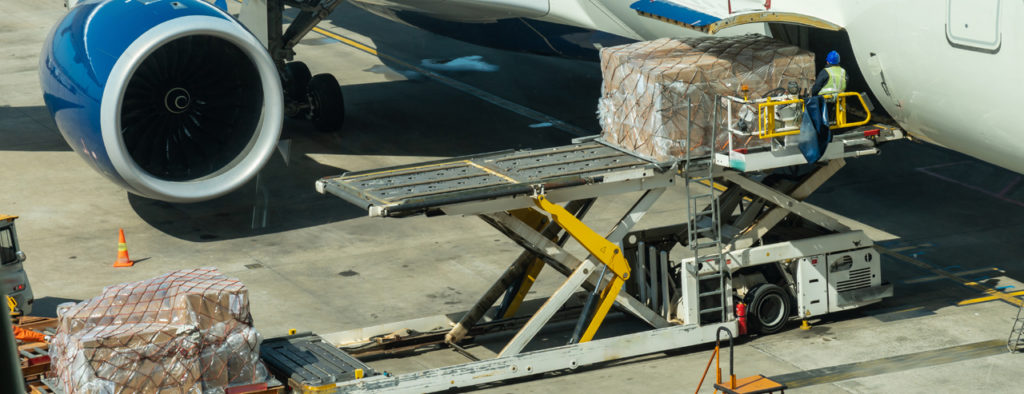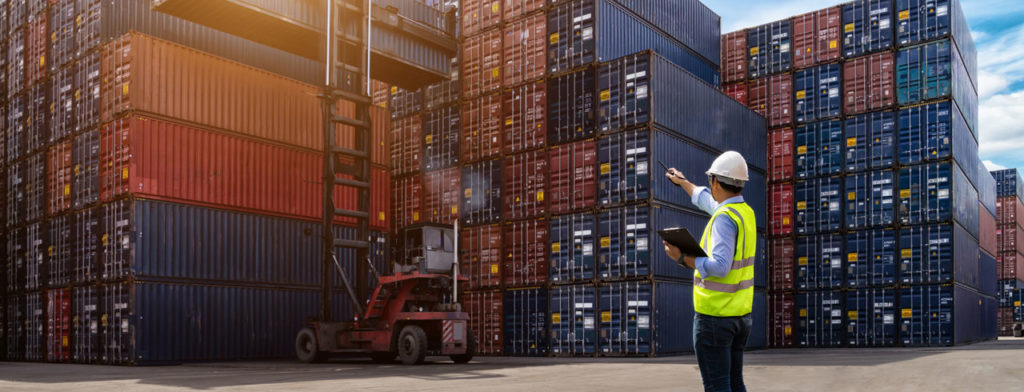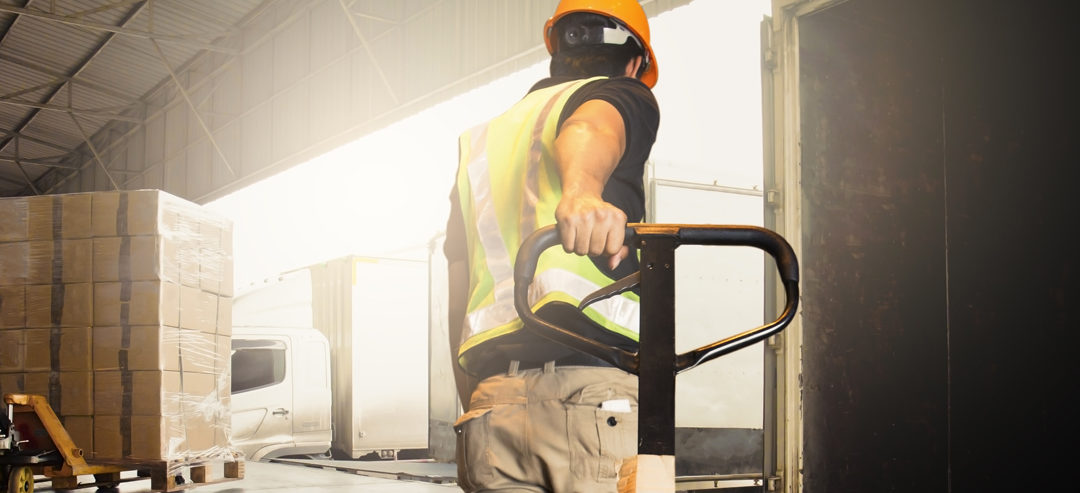When shipping valuable assets, your most important “insurance policy” is ensuring that you work with a leader in specialty crating, packaging and shipping. However, no company can control every aspect of a crate’s journey from origin to destination. The shipping stream is fairly unforgiving, with goods being impacted by a variety of forces and environmental conditions.
As a result, it’s possible for even the most securely packaged items to be damaged in transit. How can companies address that possibility and protect their goods? One of the best ways is to have adequate cargo insurance.
What Is Cargo Insurance?
Merriam-Webster defines motor cargo insurance as “insurance against loss resulting from damage to goods in transit by motor truck.” And the definition applies to other forms of transportation, as well.
Insuranceopedia expands on that definition, saying: “Cargo insurance protects the owner or consignor of goods for possible physical loss or damage from outside causes during shipping. The insurer would reimburse the policyholder for the value of the goods if they incur damage or perish while in the hands of the shipper. It is often available from the shipping company itself, or it may be purchased from a third-party insurer as well.”
In other words, cargo insurance provides you with financial compensation if your shipment is damaged or destroyed while it’s being transported. As noted above, this coverage may be provided by an insurer of your choosing. Or, the crating and shipping company you work with may have a “preferred provider” that they direct you to.

For example, at Craters & Freighters, we’re authorized to handle almost any high-value item through special arrangements with our insurance company. They provide us with excellent cargo insurance coverage options—even for fragile, sensitive, large or heavy items—thanks to our many years of very low claims ratios.
Types of Cargo Insurance Coverage
There are four main types of cargo insurance:
- Standard cargo insurance. This coverage protects your assets from loss or damage associated with virtually any type of insurable risk. That’s why it’s sometimes referred to as “all-risk” coverage. Standard cargo insurance is used for most shipped items, including machinery, equipment, electronics, furniture and artwork.
- Job Service Order (JSO) insurance. This type of policy covers the packing process only. Covered items may be packed in a corrugated box or crate, and the protection applies only to local pickup and delivery. Items transported by a common carrier (i.e., a company that transports goods on regular routes for set rates) are not covered by this insurance.
- Limited liability insurance (also known as “lost only” insurance). This insurance is used when customers pack their own goods. It does not cover concealed or visible damage to items. It does, however, provide protection if a full container or entire shipment is stolen or goes missing.
- Used electronics & machinery insurance. This type of insurance applies to used electronics or machinery that is more than one year old. It only covers visible damage to items.
Your crating and shipping company can talk with you about which types of coverage are right for the assets you’re shipping.
Cargo Insurance Endorsements
When obtaining cargo insurance for a shipment, it’s important to be familiar with the concept of cargo insurance endorsements. Endorsements, which are also called riders, add to, modify or delete coverage from the base policy to which they’re attached. For example, one item within a larger shipment might be much more expensive than the others. In that case, you might purchase a rider to provide additional protection for that item only.
Endorsements are a great way to customize an insurance policy to your specific needs.

Cargo Insurance: One Size Does NOT Fit All
When purchasing cargo insurance and choosing a policy or policies, it’s important to carefully consider the value of the assets you’re shipping. “I think they’re worth about $50,000,” isn’t a good way to decide how much coverage to pay for. Choosing a more-or-less arbitrary number like that may mean that your items either don’t have adequate coverage or that you’re paying for more coverage than you need.
It’s also important to think about the risks they’ll face in transit and your goals for protecting them. And this is an exercise you should go through with every shipment.
Ultimately, cargo insurance tends to provide a significant amount of coverage—and peace of mind—for the money. It’s easy to think, “My shipping company is great. They take all the necessary precautions to protect my assets. So, I probably don’t need much insurance at all.” Unfortunately, even the most skilled crews have no control over things like another vehicle colliding with the truck carrying your items.
Having adequate cargo insurance means you won’t be faced with explaining the cost of a damaged or destroyed asset to your boss and then trying to figure out how your company can cover the expense!

